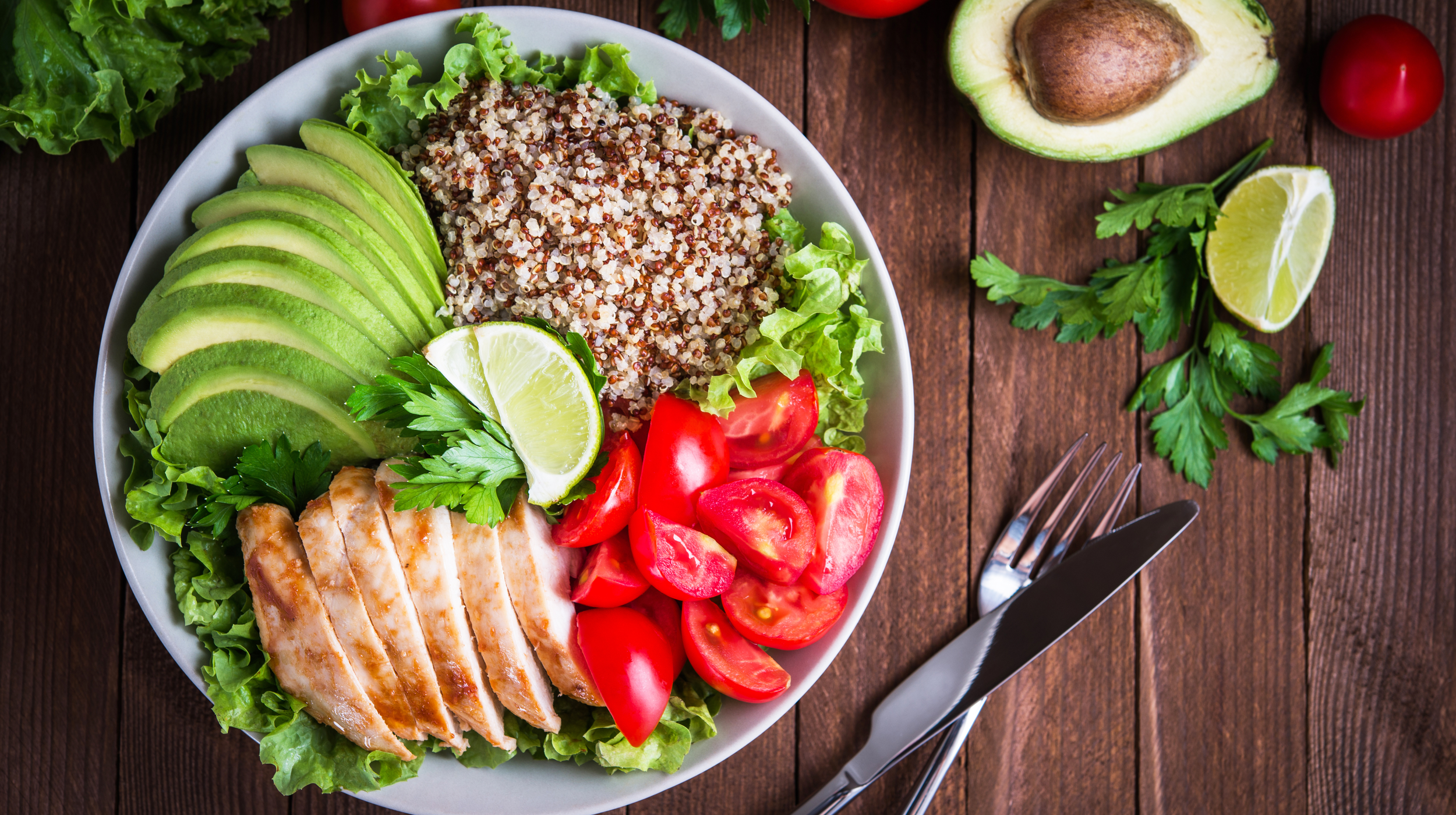Best Nutrition Advice Skinny Guys (Hardgainers) Can Get
Aug 19, 2020 mindpumpWe don’t rise to the level of our expectations; we fall to the level of our training.
That’s what I would put if I had to summarize nutrition advice in one sentence. I’ll admit even for myself, I’ve had months and years even, where I just went so balls deep in on the research, the latest science, and listening to every nutrition coach about the next best tactic to try. I’d be so motivated to program hop, and try something new, that I never gave any one thing enough time to acclimate.
We all need a foundation of training. Just like an athlete has to master the basics, before he/she can start playing around with trick shots, and fancy new maneuvers, we need to have the basics MASTERED before we start complaining we aren’t gaining muscle or losing fat.
Today I’m going to focus on gaining size for hardgainers (naturally skinnier guys who just can’t seem to get the scale to move up), and the basics you guys need to have mastered. I guarantee you if you follow these guidelines, you will put on size and break through any plateau you’ve come across.
Eating Protocol:
Eat in a surplus – Multiply bodyweight x 15-16. Shooting for .5lb-1lb of weight gain a week. You’re a hardgainer I know. You’re eating 4,000 calories and not gaining weight I know. It’s the harsh truth. If the scale isn’t going up, you need to eat more. Yes, I know your chubbier friend eats 2,500 calories and gained weight. He isn’t you. Your metabolism is faster, and thus absorbs and burns through calories way more efficiently than your friends. It’s a catch-22.
Protein – Most people underestimate this more than anything else.
If you want to calculate – .82g-1g per pound of body weight. 30-40grams of protein a meal.
If not Calculating – make sure your protein serving is the size and thickness of your palm for EACH meal.
Sources: turkey, beef, steak, chicken, fish, eggs, etc.
Carbs – 30-40% of your intake to support muscle recovery, and performance in the gym.
Calculating – .30-.40 x total caloric intake.
No Calculating – carb serving the size of closed fist each meal. Shoot for two fistfuls post workout.
Sources: oatmeal, rice, potatoes, quinoa, beans, etc
Fats – 20-25% of your calories
Calculating – .20-.25 x caloric intake.
Not Calculating – This should essentially be a serving give or take with each meal. That could be a tablespoon of olive oil, a quarter cup of almonds, whatever.
Sources: nut butters, nuts, olive oil, egg yolks, etc.
Extra Tools – If you are a hard gainer (struggle to add weight), whether it is because you get full easily, or your caloric intake needs to be a lot higher than the average person (usually 3500cals+), stick with high quality sources. BUT, if that’s not enough, feel free to make high calorie protein shakes, and eat calorically dense foods, so that you can hit your goal a little easier. Again, 90% of the time stick with HIGH quality foods, but use this as a tool to help get you the rest of the way. 3,000 calories of potato and white rice gets boring, I get it.
Consistency – Finally, and MOST importantly, stay consistent. Week to week check in. Add or remove 200 calories (or add or remove a serving of carbs or fats) if you are gaining or losing weight too quickly. It’s a process, and involves a lot of experimentation. Embrace it, and learn what your body responds best to. Even with my leaner clients who eventually gave up, they all said their best progress came when they were able to stay consistent following the rules above. Because you are a hardgainer, the moment you let off the high calorie, your body will burn through anything less, and thus your weight will quickly drop back down.
Use body fat as a gauge
Not an exact science, but most gyms either have an InBody machine, or one of those handheld body fat testers. Use those once every other week or month to get a rough gauge. If you don’t have access to that use your abs. Once they start disappearing to the point you can’t even see the rough outline, it’s time to start a mini cut down to 10%.







